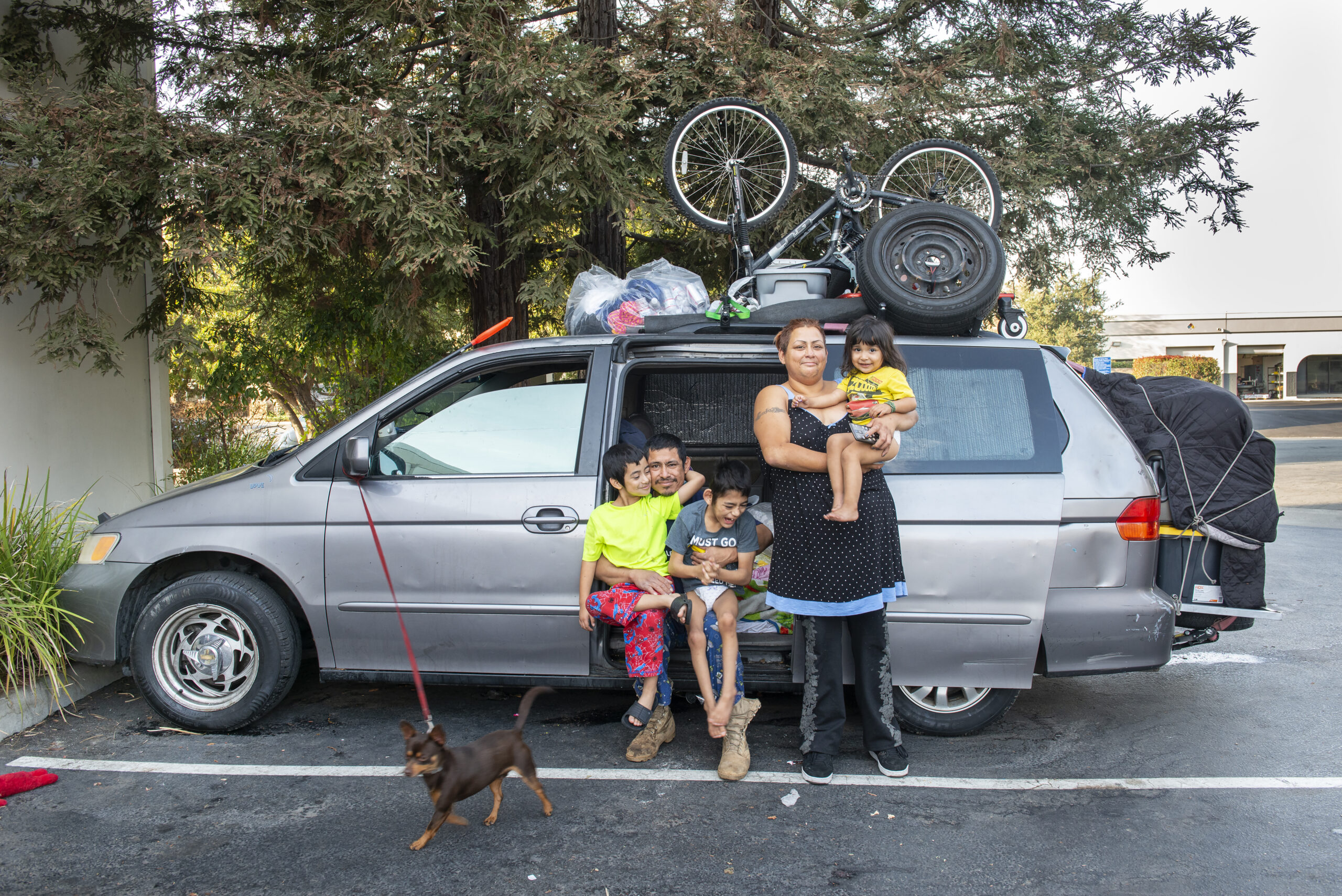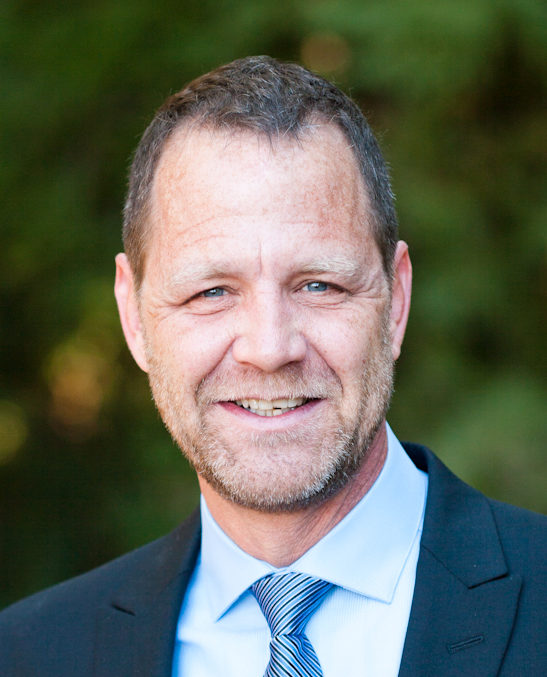The “Housing First” strategy has proven effective in addressing homelessness

Photo courtesy Kirti Fatania-Bassendine
By Tim Davis

Tim Davis
“Maggie” knew the solution to her biggest problem was finding a home. A few years ago, her childhood home burned down. Her grandparents, who had raised her there, had to move away.
With no place to go, Maggie soon found herself living in a tent. As she struggled to find food, clean water, privacy and safety, every day became a fight for survival. Overwhelmed and frightened, she couldn’t see a pathway out.
“I had lost all hope,” recalls Maggie (whose name has been changed for privacy reasons) thinking back on the time when she lived on a patch of dirt by a creek. “I have to thank the Compassion Center for believing in me when I couldn’t believe in myself.”
The little hope Maggie had clung to for a better life had been beaten out of her by her partner, who had said he would protect her. Finally, after several sleepless nights during which she endured repeated violent attacks, her boyfriend was arrested and jailed.
When Maggie emerged bruised and weak from her tent to seek help, the Compassion Center fed her and provided her a shower and clean clothing.
Maggie couldn’t be placed in a facility for battered women because she wasn’t sober.
However, she was provided a housing assessment, which gauges an individual’s qualifications for housing ranked by the answers to a series of personal questions. This assessment automatically generates a “vulnerability score” establishing priority for available supportive housing to those who score the highest. Because Maggie trusted our case managers, who have domestic violence training, with her personal information, she received a more accurate assessment, resulting in a higher score.

Eventually, the call came. Maggie had been selected for housing! She was overjoyed. Naturally, she wanted to stay in Gilroy as everyone she knew lived there. However, with encouragement from her case manager and assistance gathering the requisite paperwork, she agreed to move to San Jose. She was given her own studio apartment, which also accommodated her service dog.
In her own place for six months now, Maggie has maintained her sobriety. She’s also enrolled in Cabrillo College to study criminal justice. She plans to mentor youth and work in Gilroy upon graduation.
Like Maggie, the majority of the 89 folks who received housing last year found support for their mental health challenges and got sober. Several have also found employment. As Maslow’s hierarchy of needs suggests, an individual’s basic needs (housing, food, clothing) must be met before that person can address higher needs — such as developing a career, repairing family relations, and contributing to their community.
The “Housing First” strategy has proven effective in addressing homelessness because it provides housing before addressing the other factors that contribute to an individual’s homelessness, such as addiction, lack of job training, or difficulties with financial management. These issues are often the result of homelessness rather than the cause of it.
We’d love to help others, like Maggie, find a path home.
Tim Davis is the executive director of the Compassion Center. To learn more or get involved, contact him at [email protected].







